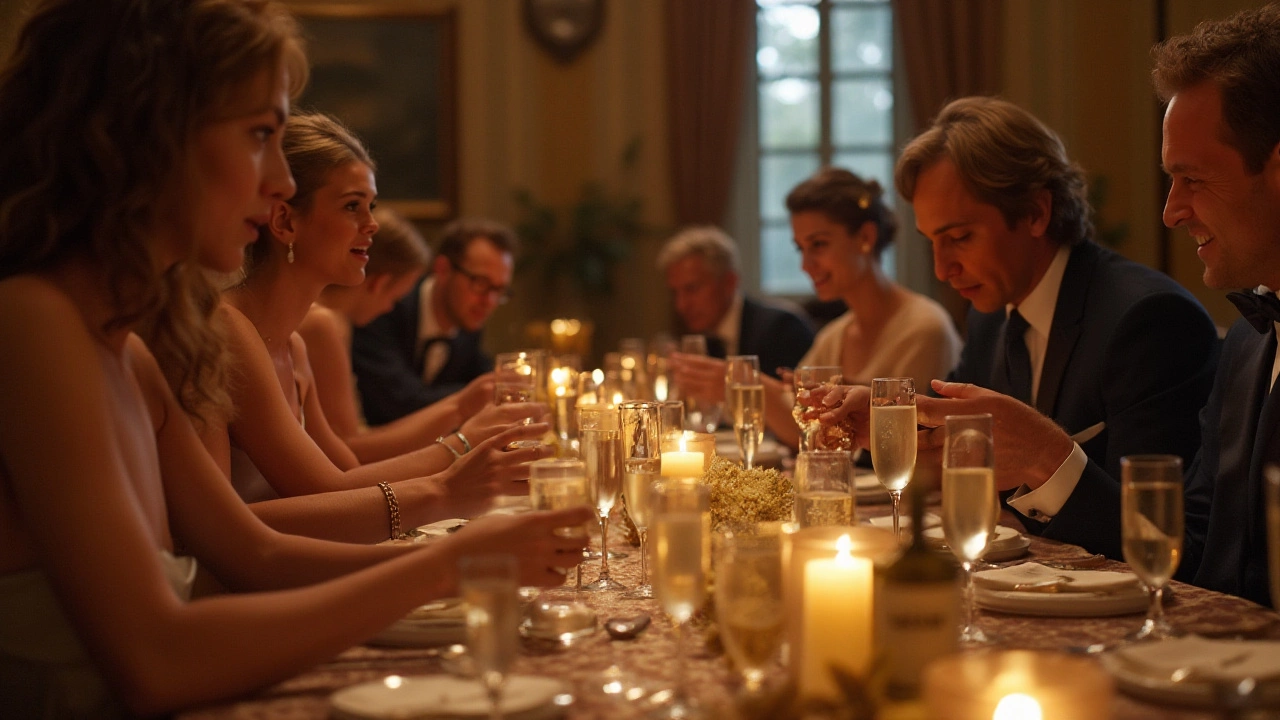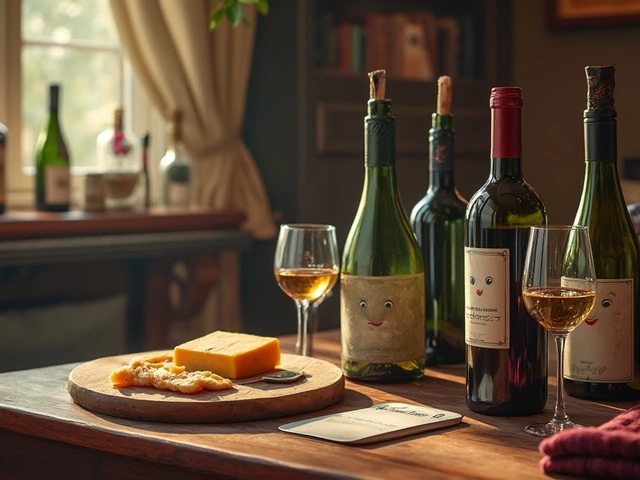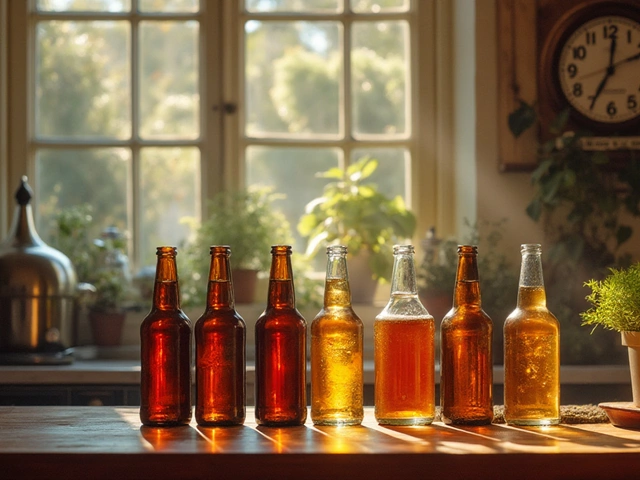Champagne Tasting: A Fun Guide to Sipping Sparkle
If you’ve ever wondered why some people talk about champagne the way they would a fine wine, you’re in the right spot. Tasting champagne isn’t just about popping a cork – it’s about noticing bubbles, smells, and flavors that make each sip special. Below you’ll get a quick cheat‑sheet that works whether you’re at a fancy bar or cracking a bottle on the couch.
How to Taste Champagne Like a Pro
First things first: grab a proper glass. A tulip‑shaped flute or a white‑wine glass does the trick. The shape traps the tiny bubbles and lets the aromas rise. Hold the glass by the stem so you don’t warm the drink with your hand.
Next, check the temperature. Around 45‑48°F (7‑9°C) is ideal – cold enough to keep the fizz lively but warm enough for your nose to pick up the scents. If it’s too cold, give it a minute in the room; if it’s warm, pop it in the fridge for a few minutes.
Now for the tasting steps:
- Look: Hold the glass up to the light. Notice the color – pale gold means it’s younger, deeper amber hints at age.
- Swirl: Give a gentle swirl to release aromas. You’ll see the bubbles dancing up the sides; that’s a good sign of quality.
- Sniff: Take a quick sniff, then a deeper one. Common notes are apple, pear, citrus, brioche, almond, and sometimes a hint of honey.
- Sip: Let a small mouthful linger. Feel the bubbles on your tongue – they should feel lively, not harsh. Notice the balance between acidity and sweetness.
- Finish: A good champagne leaves a clean, fresh aftertaste. If it feels rough or overly bitter, it might be too old or stored poorly.
Practice makes perfect. Try the same bottle a couple of times and you’ll start noticing subtle changes each round.
Food Pairings and Tips
Champagne is a social drink, so it loves food. Here are a few fool‑proof combos:
- Fresh strawberries or raspberries – the fruit’s acidity matches the wine’s crispness.
- Soft cheeses like Brie or Camembert – the creamy texture balances the bubbles.
- Seafood – oysters, shrimp cocktail, or smoked salmon all shine with champagne’s minerality.
- Light appetizers – popcorn, salty nuts, or even a simple charcuterie board work well.
- Fried foods – the acidity cuts through the grease, making each bite feel cleaner.
When you’re planning a tasting, keep the palate clean. A glass of still water between sips helps you focus on the next flavor.
Storing champagne is easy if you follow two rules: keep it cool, dark, and upright. The cork stays moist when it sits upright, preventing air from sneaking in. If you’ve opened a bottle, reseal it with a proper champagne stopper and finish it within 24‑48 hours for the best fizz.
Ready to try it yourself? Grab a bottle you’ve never tasted before, follow the steps, and see how the experience changes. And if you love exploring drinks, check out the other posts on this site – from whisky food tips to mocktail ideas – to keep the flavor adventure going.
Champagne tasting is an art that involves the exploration of flavors, aromas, and textures of this exquisite sparkling wine. This guide provides practical tips on how to conduct a successful tasting experience, including the proper serving techniques, the ideal environment, and the sequence of tasting. Discover interesting facts about the history of champagne and its unique characteristics. Whether you're a novice or a connoisseur, learn to appreciate the subtle nuances that make champagne a unique beverage.
View Details

